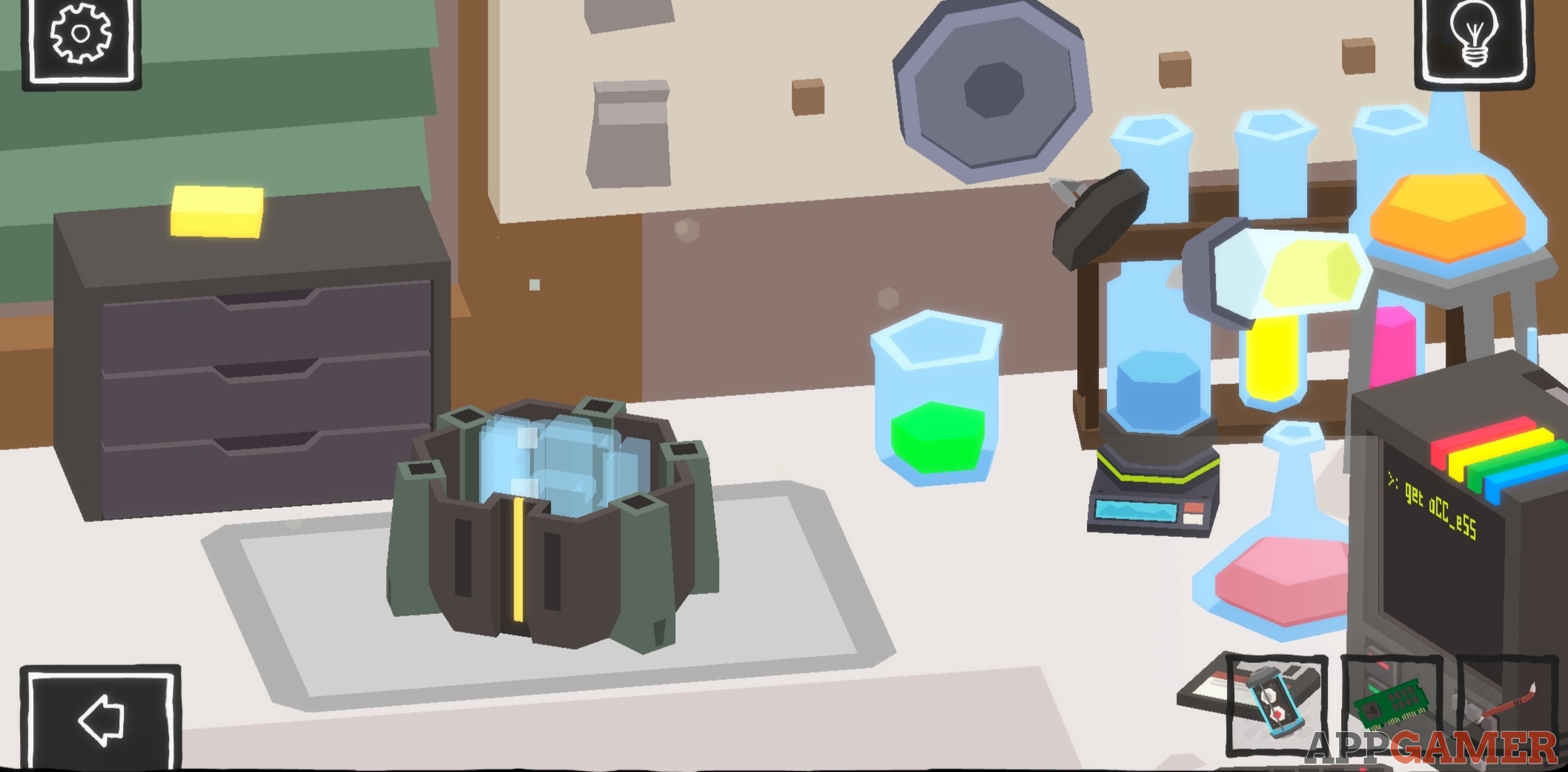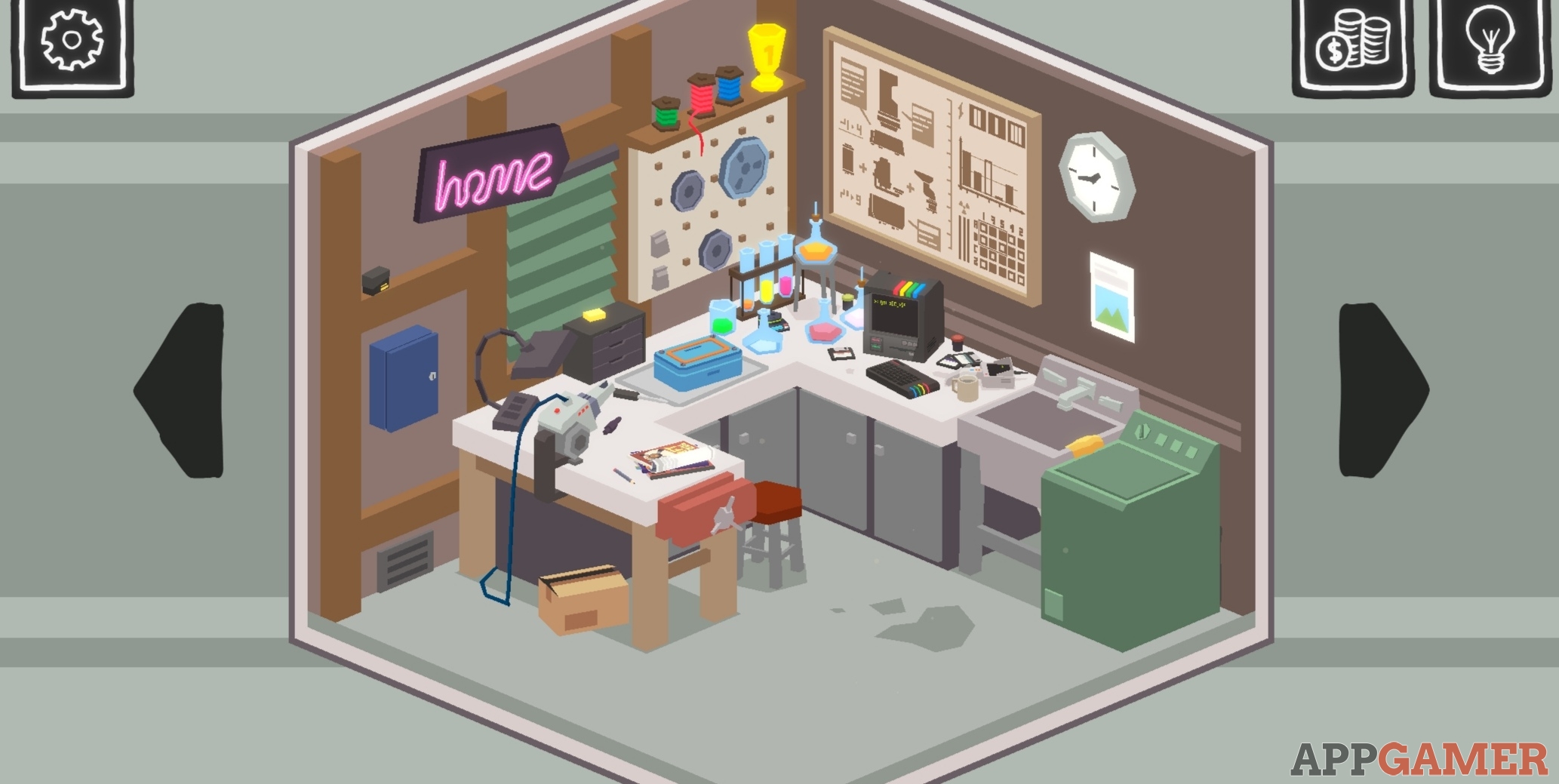Augmentative/Alternative Communication Intervention Products & Presentations. Dr. Caroline Musselwhite & Julie Maro. Ideas for teachers working with children: Tips & Tricks, Tip of the Month, Activity Ideas, Creating Communication Based Book Boards. http://aacintervention.com
My son has been receiving AAC service from Corinna for 8 years. My son is non-verbal. Communicating his needs, wants, thoughts has been a constant struggle. Corinna has worked tirelessly to find things that would motivate my son to communicate, has constantly new resources to keep things interesting and incorporates my son’s interests. Training materials for teachers of learners with severe, profound and complex learning difficulties AAC strategies: Eye pointing Module 3.1 Communication - augmentative and assistive strategies. Assistance and training within schools, programs, and districts. One of the topics for which SERC provides statewide training and on-site technical assistance is AAC. SERC is also conducting AAC research and developing AAC resources, both in print and on the Web, for educators and related service professionals. See the back page for.

Quality Indicators for Augmentative and Alternative Communication, Michael McSheehan, Clinical Assistant Professor, Communication Sciences and Disorders, Project Coordinator, Institute on Disability, University of New Hampshire. List of quality indicators to determine whether the provider of AAC evaluation or services is promoting inclusive education. (on-line newsletter issue) http://www.drcnh.org/Rapsummer07text.doc
Remote AAC Support Shop. All Categories Speech Devices Communication Boards Switches/Alternative Access Mounts Software Environmental Control Buzz Funding Support. Get Help Training Materials Resources. Webinars Free Downloads Brochures Skins/Personalization Options About Us. Testimonials Employment Opportunities. Need More Help with AAC? Become a member! Get answers to all of your questions about AAC and more by joining The Speech Therapy Solution, Carrie Clark’s premium membership program. You’ll get access to all of Carrie’s training videos and printable therapy materials, plus a monthly webinar and an exclusive Facebook group!
CreativeCommunicating.com. AAC Teaching tips, parent tips, information on emergent literacy. http://www.creativecommunicating.com/
Dave's Literacy and Disability Site (David Koppenhaver). Blog includes Predictable Chart Writing and Setting Up a Literacy Classroom.http://www.litdis.com/

Early Intervention for Children with autism, cerebral palsy, Down syndrome, and other disabilities by Janice Light. Success stories, FAQ, Setting up the environment, Using Interaction Strategies and more. http://aackids.psu.edu/index.php/page/show/id/14/
Gail van Tatenhove, Speech Language Pathologist website. Papers and Resources. Language Intervention Strategies, Communication Partner Skills, AAC in the Classroom, AAC and Apps, and more. http://www.vantatenhove.com/papers.shtml

Engineering Environments to Support AAC — Video of the Week, Erin Sheldon, Angelman Syndrome Foundation Communication Training Series, hosted by PrAACtical AAChttp://praacticalaac.org/video/video-of-the-week-engineering-environments-to-support-aac/
Jane Farrall Consulting —Augmentative and Alternative Communication. Extensive website with well written and informative articles on AAC, literacy, reading, visual supports, working with words, and much more. Articles to look for include these: Do's and Don'ts of AAC: Putting It All Together; My Favorite AAC Posts of All Time, Why We Do Aided Language Stimulation—And You Should Too; AAC: Don't Demand Prerequisite Skills; What Is 'Beginning AAC'?; Aim for language development: Don't create custom pages for specific activities; and many, many more articles and videos. Searchable site. http://www.janefarrall.com/category/augmentative-and-alternative-communication/
How I Do It: Supporting Teachers of Students with AAC Needs by Jane Farrall on the PrAACtical AAC blog. http://praacticalaac.org/praactical/how-i-do-it-supporting-teachers-of-students-with-aac-needs/
Linda Burkhart website —AT and AAC Basics, Handouts, Articles, PODD, movement, adaptive access, partner-assisted communication. Searchable site. (under revision) http://lburkhart.com
PrAACtical AAC website —Teaching Tips. PrAACtical AAC supports a community of professionals and families who are determined to improve the communication and literacy abilities of people with significant communication difficulties. It was founded in 2011 by two SLP professors, Carole Zangari and the late Robin Parker, around a shared passion for AAC. Searchable site with extensive information and videos on a host of AAC and related topics. http://praacticalaac.org/?s=teaching+tips
Small Steps Approach to the Mainstream Curriculum by Marion Stanton PGCE Dip. Ed. Special, September 2004, CandLE, Bolton, UK. 'Where pupils have difficulty with communication and movement it is essential that we avoid assumptions. They may have more ability than they are able to show us. It is important to ensure that they have access to the same curriculum as their peers appropriately differentiated.' Article provides hierarchy of learning support recommended for use 'where a pupil has a label that might indicate a cognitive difficulty.' http://www.contactcandle.co.uk/page14.htm
A Supports Planning Model for the Learning of General Education Curriculum Content by Students with Significant Disabilities. Provides a case study of a student who uses AAC. Cheryl Jorgensen, Michael McSheehan and Rae Sonnenmeier of the Institute on Disability/UCED, University of New Hampshire. (PowerPoint slides) http://www.osep-meeting.org/2006conf/Presentations/Tuesday/2_LGP_morning/GenEdCurriculum/LGP_CJorgenson.ppt#849,40,Student Participation in GE Classrooms

Teaching Yes/No: The Yes/No Series – Part One by Kate Ahern, Teaching Learners with Multiple Special Needs. http://teachinglearnerswithmultipleneeds.blogspot.co.nz/2012/11/the-yesno-series-part-one.html. The Yes/No Series – Part Two by Kate Ahern, Teaching Learners with Multiple Special Needshttp://teachinglearnerswithmultipleneeds.blogspot.com/2012/12/the-yesno-series-part-two.html
Things I've Tried (that you can try, too) by Dana Nieder, Uncommon Sense blog. 'If you have a child with special needs, you probably spend a lot of time trying to 'do helpful stuff' at home---stuff to help communication, teach, manage behaviors, etc. I think that we all spend a lot of time trying a million different things . . . so here are some of the things that I've tried, in case you're looking for new stuff to do:…'http://niederfamily.blogspot.com/p/testing.html
When Two Worlds Collide: Using Aug. Com. in the Home by Nancy J. Hogan, Assistive Technology Specialist, The CCATT Center, Northampton, MA. 'Jamie, my wonderful puzzle, is approaching three all too quickly. This is the story about how he is learning to communicate...' http://www.connsensebulletin.com/worlds.html
Aac Workshop Materialaac Resources Solutions
Which Way to Autonomous Communication? Aided Language Stimulation towards Autonomous Communication by Gayle Porter and Linda Burkhart. FAST Global Summit, December 5, 2015. PowerPoint handout. http://lburkhart.com/handout%20Which%20Way%20to%20Autonomous%20Communication%20AS%20Porter%20Burkhart.pdf
